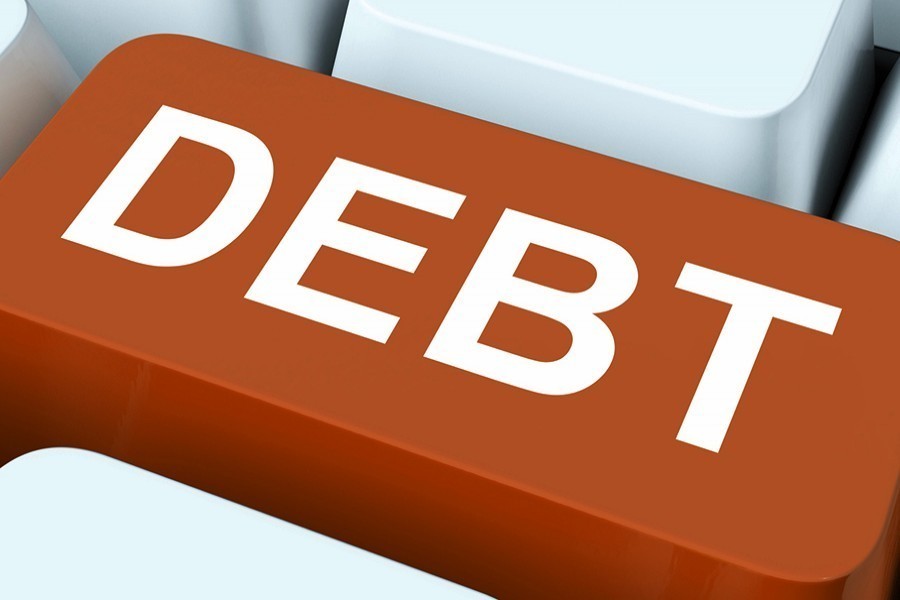Going by the finance ministry's quarterly debt bulletin, Bangladesh's external debt situation vis-à-vis its GDP (Gross Domestic Product) is currently at a comfortable level of 11.87 per cent. Last year, it was 11.88 per cent, while the year before (2020), the ratio was 11.79 per cent. Also, when it comes to the overall public debt, Bangladesh can still pride itself on its having one of the world's lowest debt-GDP ratio at 34 per cent. Evidently, there have been no big changes in the external debt-to-GDP ratio during the recent years, despite the pandemic shock the economy sustained by this time.
Notably, the International Monetary Fund (IMF)-mandated threshold for external debt-GDP ratio is 40 per cent. Understandably, that puts Bangladesh in a positive light before the global multilateral lenders. It is against this backdrop that Bangladesh's finance minister had reportedly a meeting on Tuesday (September 27) with the head of the regional multilateral development bank, ADB (Asian Development Bank) in the Philippines' capital, Manila, where the Bank's headquarters is situated. As expected, the discussion centred around the Bank's continued development assistance to Bangladesh. It is important to note at this point that ADB is one of the country's largest development support providers and currently its total aid stands at USD 27.6 billon. However, close to 58 per cent of this amount, i.e. about USD 16 billion has already been repaid.
So, it is due to this good record of repayment of external debt that international lenders for good reason consider Bangladesh a reliable client. Even so, the recent turmoil in the world economy attributable to the ongoing war in Ukraine has, like every other nation, put Bangladesh in a tight spot. With prices of essential commodities spiralling out of control and energy, food, agricultural inputs and the greenback getting costlier by the day, the pressure of rising inflation is being felt intensely. All such developments have cast a shadow over the country's development efforts, especially, when it is aiming to graduate to a middle income economy by 2026. So, to get around any bottleneck that the ongoing development initiatives might come up against, the government would require generous development support from its most dependable development partners including the ADB.
Given such urgencies, it can be reasonably expected that the regional lender would, as part of its country-partnership strategy, come forward with the required financial assistance (between USD12 billion and USD15 billion)to meet Bangladesh's development needs for the 2021-25 period. Moreover, to cushion the economy against external shocks and thus keep it on an even keel, Bangladesh will also be in need of policy-based loans in addition to budget support ones. Reassuringly, the regional lender, as always, has been very positive about continuing its support to Bangladesh. While appreciating the country's current positive status regarding external debt and its credit-worthiness that follows from it, there is still no room for complacency. That is particularly for the reason that the schedule for repaying some of its external debts is drawing closer.
In that event, the government will have to redouble its efforts to increase earnings from export as well as remittance sent home by migrant workers. The government, hopefully, would be able to adopt the measures, as required, to strengthen its foreign exchange reserve and bolster its image abroad as a robust economy. That will help draw the required support from the international development partners to meet the nation's long-term development goals.


